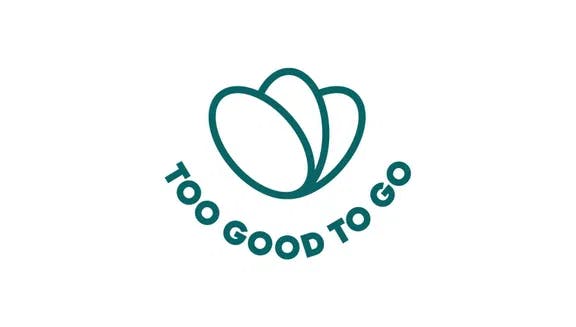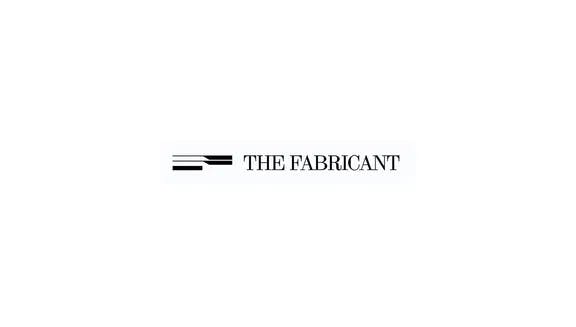
Currence makes payments easier
Meet Currence and their payment systems
Currence was founded in January 2005, as a financial initiative of eight Dutch banks: ABN AMRO, Rabobank, ING Groep, Fortis, SNS Bank, BNG, Friesland Bank and Van Lanschot. Its original purpose was to run and maintain Dutch payment systems: to make them transparent, safe and fair. But it has also been something of an innovator. It helps to facilitate super-quick interbank transfers for consumers, where in other countries, waiting 3 days is the norm. Currence now runs 4 main payment systems that offer solutions that are rare to find in other countries.
It's finance, but with a social spin
“You cooperate to bake the pie, then compete for your slice’ says Piet Mallekoote, former CEO of the e-payment firm. He is talking about iDeal, a remarkable system that removes the need for a credit card when you buy online. It has brought competing banks together as partners, saves consumers money and is truly a product of the Netherlands.
The way it works is simple. As an online shopper, when you get to the payments page of a website that uses the service, just click the iDeal option instead of credit card payment. The next screen will be your usual internet banking service. Type in your normal password and you’re done. No fees, and no credit card required. “Our policy is to get it low cost for everybody, to make it efficient for the merchant as well as the consumer, which is a different business model to MasterCard and Visa, whose primary purpose is to get profit out of the system. This is more like the business model you see in the Nordic countries: a more social model.”

It first developed as ecommerce grew in the early 2000s. Back then, most Dutch banks had their own payment systems, but the fragmented nature of these caused problems. Merchants had to have separate contracts with each bank, which was costly and time-consuming. So several banks came together to create iDeal.
“From an antitrust argument, this is a little bit delicate. Banks could behave like a monopolist and other banks could be excluded. But if you open it to other banks, you come to a difficult situation: you have to allow competitors to use the system.” Currence already provided a number of digital payment systems and was brought in to run iDeal.
“We said, ‘The best way to organise payments is a scheme where parties work together: banks, payment institutions, consumers and merchants.’ The scheme provides rules. For instance, consumers have the same rights and user interface as with their internet banking. And if you use iDeal, there is a real time payment guarantee for the merchant. As a merchant you know that independent of the bank of the consumer. And after 24 hours, you have the money in your account.”
Dutch banks cooperating to compete
Cooperating to compete is a very Dutch model of innovation. “If you innovate, you need critical mass. If I have a telephone but no one else does, then it is useless.” And so he returns to his earlier example: “We think in the Netherlands that cooperation is needed to bake the pie and then competition is there for dividing the pie.”
It’s a simple metaphor, but one that captures the philosophy of many industries in the country. Max Geerling, now Currence's Strategy & Board Advisor, takes the idea further. “There is a history in the Netherlands of cooperation between banks, in the right balance between competition and cooperation. And not only between banks, but all industries. The polder model in the Netherlands is part of our culture.”
The ‘polder model’ is a system of cooperation as embedded in the Dutch psyche as dykes and windmills. It is about consensus building for the greater good, and pervades every area of life, from labour negotiations to government policy. A polder is low-laying land surrounded by dykes to hold back the sea. The story goes that these ideas of cooperation grew as villages joined together to fight the common enemy of encroaching water.

But trade is also embedded in the national psyche, and cooperation doesn’t have to come at the expense of profit. “The fact is, iDeal is quite a social model, and if we have more transactions, our receipts rise. What we then do is decrease the fee per transaction. That is immediately to the profit of the banks.” But consumers and merchants also benefit from reduced costs compared to credit card fees, he explains. “iDeal is so popular, because there is so much difference in this fee. This has to do with being low-cost, high-volume. It’s a self-fulfilling prophecy.”
The benefits of Amsterdam's financial ecosystem
Currence is based in one of the gleaming towers of Zuidas, a commercial hub at the southern tip of Amsterdam that includes the World Trade Center. It is the nation’s main financial district and home to a cluster of international bank headquarters. It has created a financial ecosystem that sees travel between meetings reduced to a stroll across a leafy square or a short ride in an elevator. “The main advantage for us here in Amsterdam is that we are close to our direct relations, the banks,” says Geerling.
“It’s also an advantage of the Netherlands as a whole,” adds Mallekoote. “It’s not difficult to have several meetings a day. It’s not a one-day trip, like in France if you have to go from Paris to Marseille. So there is a big basis of knowing each other and being connected.” So, could the iDeal model be exported? Mallekoote and Geerling are certain of its benefits, but less sure of the willingness in other markets. “There is an attitude here of being responsive to your customers which seems to be quite normal but its hugely far off in other countries,” says Mallekoote.
Geerling concurs: “iDeal is a no-frills payment model. There are only payments: no extra services or loyalty schemes. From a Dutch perspective, we like simple design and iDeal is such a product.” Mallekoote has presented the idea to policy makers from the EC and Asia.
“The Asian market in mobile payments is booming and they were amazed and saw the advantage of cooperation, but they are still far behind. A lot of payment systems are in the central banks and the first step is to migrate to the private sector and then to cooperate.” Those looking for ideas on how to make that happen could do worse than beginning in Amsterdam.
Related articles

Discover the importance of Amsterdam to the European Investment Bank

Dyme is helping people save with one click

Ohpen is transforming how banks do business

MUFG bolsters Japanese business life in the Amsterdam Area

bunq offers a new way to bank

Mizuho Bank: Connecting commerce in Japan and Amsterdam

Amsterdam is the perfect HQ for Sandvik Mining

Too Good To Go is fighting food waste with an app-based marketplace

The Fabricant: the worlds first digital fashion house

